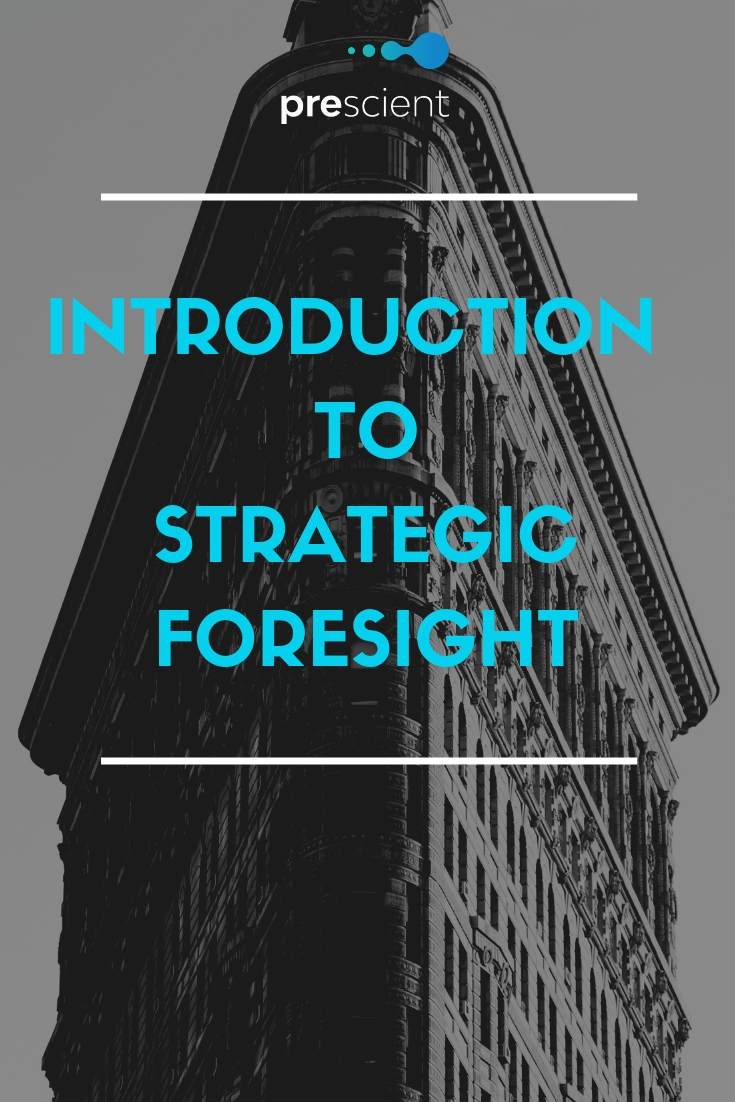
Lorem ipsum dolor sit amet, consectetuer adipiscing elit, sed diam nonummy nibh euismod tincidunt ut laoreet dolore magna aliquam erat volutpat.
Accelerate innovation through scenario planning

Innovation—creating a new product or service or transforming how existing services are delivered—begins with the ability to see beyond current assumptions about the future. Strategic foresight practices combine rigorously vetted evidence with wide-ranging imagination to explore new possibilities.
Scenarios—fictional, but plausible, vignettes about possible future operating environments—offer a concrete way for people to explore their assumptions about what the future could be like, and to envision alternatives.
People engage deeply with information when it is presented in story form, and as a result, often have more powerful conversations and insights than they might otherwise.
Finally, because scenarios engage through empathy, the way stories do, they can be an important tool in attracting the attention of leadership and propelling people to action.
We like to use scenarios for all of these reasons. Scenarios pave the way for analyzing the implications of potential decisions, grasping the needs of future stakeholders, and envisioning entrepreneurial possibilities for navigating a changing environment.

Today as never before, we need a multiplicity of visions, dreams and prophecies— images of potential tomorrow.
Before we can rationally decide which alternative pathways to choose … we must first ascertain which are possible. Conjecture, speculation and the visionary view thus become as coldly practical a necessity as feet-on-the-floor “realism” was in an earlier time.
This is why some of the world’s biggest and most tough-minded corporations, once the living embodiment of presentism, today hire intuitive futurists, science fiction writers and visionaries as consultants.
– Alvin Toffler, Futurist (1928-2016)
Working with imagination
3 principles for using imagination in strategic settings
1
Everyone has imagination
We reject the notion that some people are more imaginative than others. Everyone comes to the table with the ability to envision new possibilities. Our job is to help you activate imagination in productive directions
2
Collaboration is key
Imaginative thinking in an organizational setting is best as a collaborative activity. There is solid social scientific evidence that more diverse input, divergent thinking and better ideas arise in contexts in which people think together
3
Allow excitement
Using imagination is not a ‘soft’ activity but a rigorous one with criteria of its own. Using creativity to meet strategic ends requires permitting excitement around “What if …?” questions and exploring novel ideas without immediate judgment
How we can work together on a scenario planning project
We work with clients seeking to use scenarios to explore the future and test their assumptions in various ways depending on needs, time and budget.
- We can research and write scenarios on your behalf. You can then share the research results and scenarios with stakeholders as conversation starters about how the future will be different today and the need to explore existing assumptions further.
- Facilitated short-term process. We can facilitate quick scenario-building sessions that model the process for your team while introducing the value of testing assumptions through scenarios.
- Often, scenario building is an intermediate step in a deeper process that may take place over weeks or months. We collaborate with you to identify the drivers of change in your operating environment, then co-create scenarios, and ultimately use the scenarios as a test-bed to improve your existing strategy or build a roadmap of actions to develop your desired future.

How Does Strategic Foresight Work?
Learn more about strategic foresight and how a formal foresight engagement can help you identify and leverage the trends that matter most to your future success, in this introduction.

Strategic Foresight to Accelerate Innovation & Ensure Sustainability
Companies experiencing significant growth spurts face the need to plan more deliberately and less opportunistically. Strategic Foresight can help you mature your planning process and become future-minded on a larger scale.
Read a Case Study
